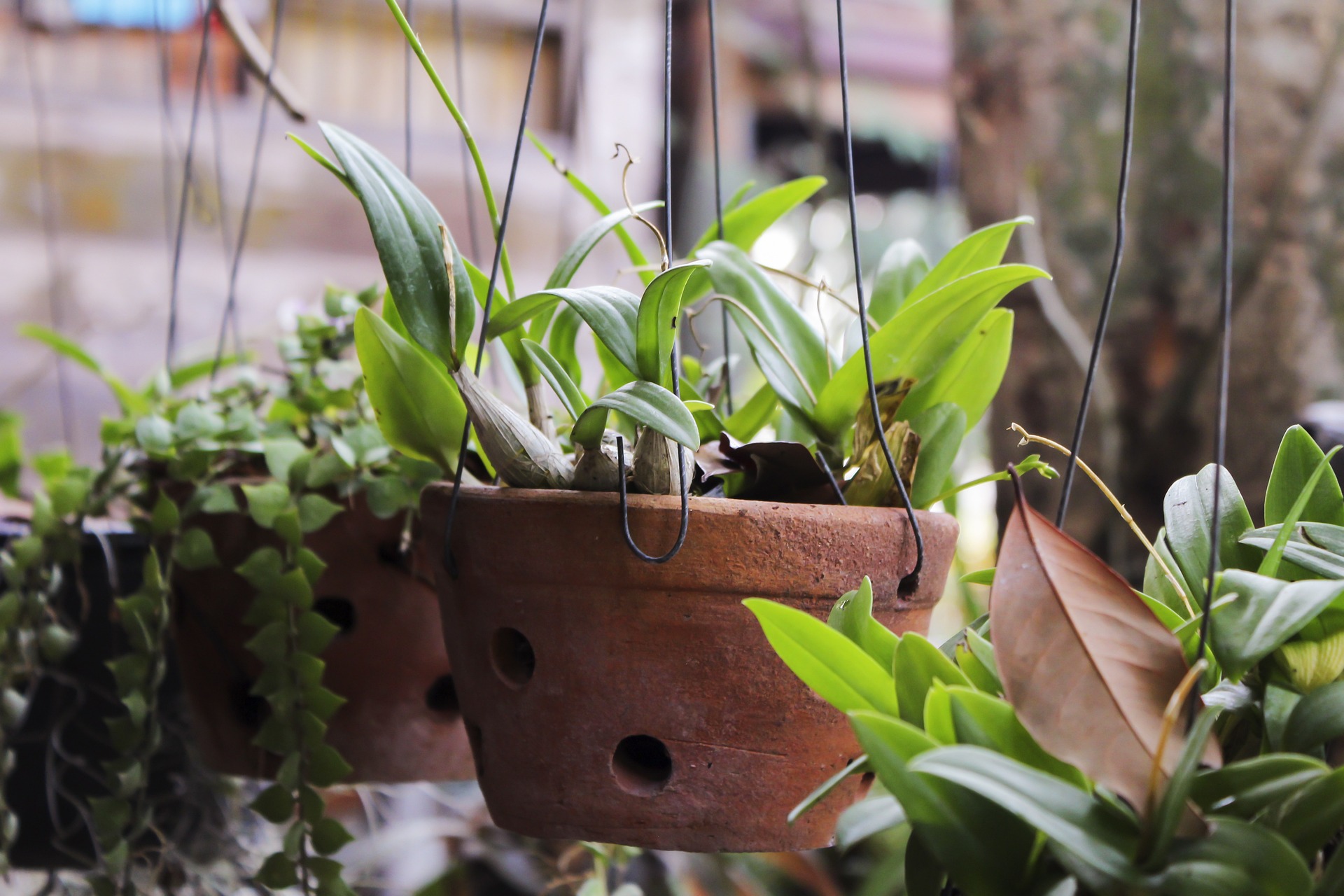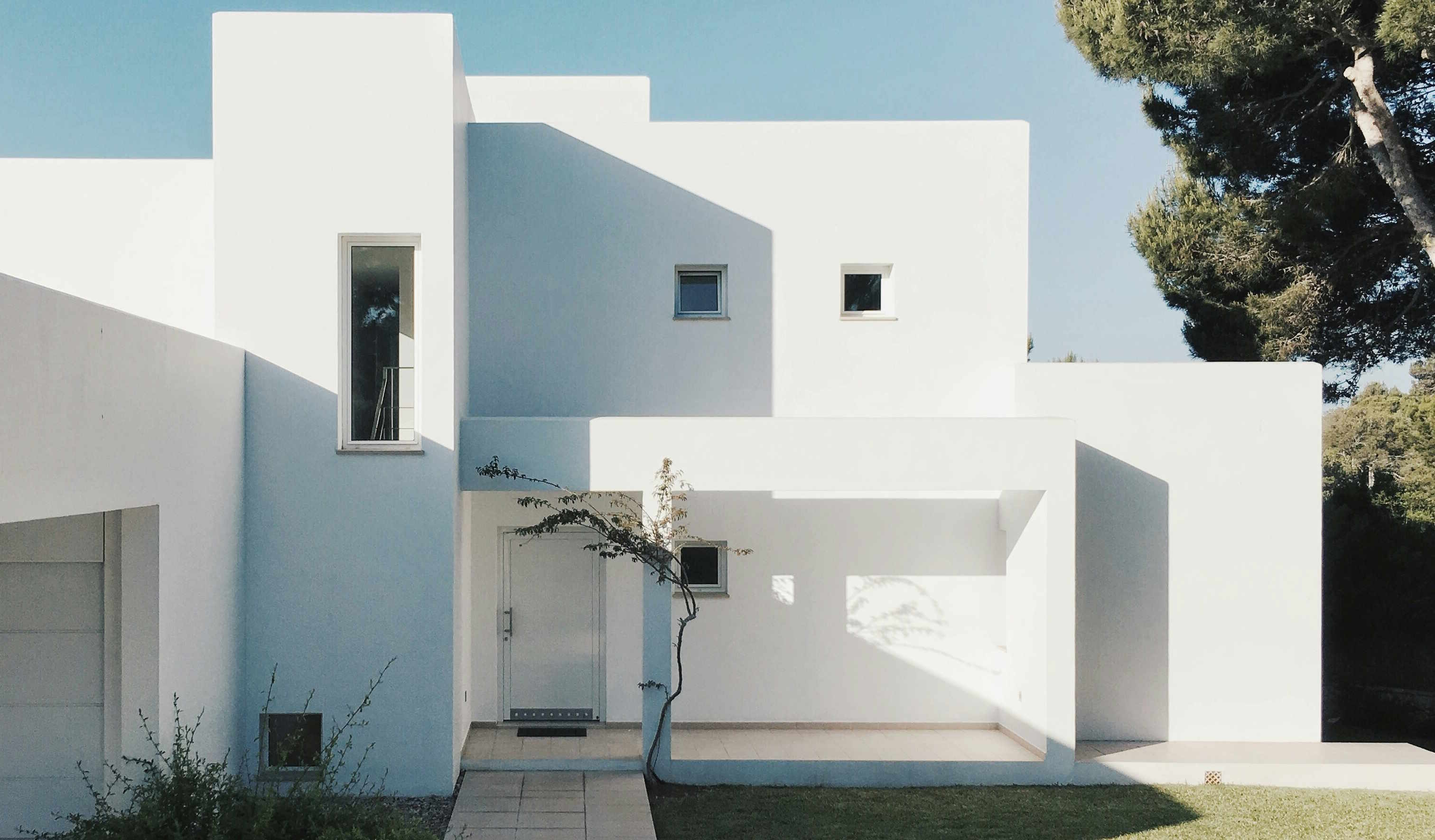"Reviving the Rustic Charm: Exploring Adobe Homes in Modern Architecture"
In a world where sleek lines and minimalist design reign supreme, there's a growing appreciation for the simplicity and warmth of adobe homes. These traditional structures, built from sun-dried bricks of clay and straw, offer a refreshing deviation from the norm, blending functionality, sustainability, and aesthetic appeal in an unexpected way. This article explores the resurgence of adobe homes in modern architecture, discussing their historical significance, current trends, and their role in enhancing everyday living.

Adobe Homes: A Nod to the Past
Adobe homes have deep historical roots, tracing back to ancient civilizations across the globe, from the Middle East to the Americas. They were favored for their affordability and accessibility—materials were locally sourced, and construction required minimal tools. Over time, these humble dwellings evolved, integrating more complex design elements while still retaining their unmistakable rustic charm.
The Current Wave: Adobe Homes in Modern Architecture
Today, adobe homes are enjoying a resurgence in popularity, thanks in part to a growing interest in sustainable and eco-friendly living. Modern architects are reinterpreting these traditional structures, integrating contemporary design elements without losing the essence of what makes adobe homes so appealing—their organic feel, their connection to the earth, and their distinctive aesthetic.
Adobe Homes: Practicality and Market Trends
Adobe homes are more than just visually appealing—they offer a host of practical benefits. They are energy-efficient, providing natural insulation that keeps interiors cool during summer and warm during winter. This not only reduces energy consumption but also contributes to a more comfortable living environment. With the current market trends leaning towards sustainable living and energy efficiency, adobe homes have found their place in the modern world.
Enhancing Daily Living with Adobe Homes
Beyond their practical benefits, adobe homes enhance daily living in unique ways. Their earthy palette and textured surfaces provide a soothing atmosphere that promotes relaxation and well-being. The thick walls create a quiet interior, offering a peaceful retreat from the outside world. Moreover, each adobe home is unique, imbued with a sense of character and history that adds depth and richness to everyday living.
Why Adobe Homes Are More Than a Passing Trend
While some may dismiss the revival of adobe homes as a passing trend, there’s evidence to suggest that it’s more than just a design fad. As we move towards a more sustainable future, the principles that underpin adobe homes—using local resources, building with the environment in mind, creating homes that enhance well-being—are becoming increasingly important. This, coupled with their timeless aesthetic appeal, suggests that adobe homes are here to stay.
In the end, the resurgence of adobe homes in modern architecture is more than just a nod to the past—it’s a testament to the enduring appeal of simplicity, functionality, and sustainability in design. By embracing these homes, we’re not just returning to our roots—we’re taking a step towards a more sustainable future.






